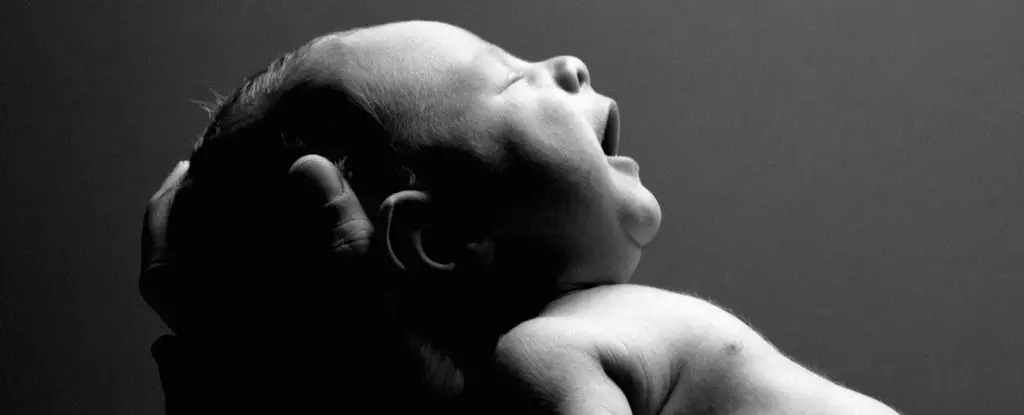In a groundbreaking exploration of human development, researchers have provided unprecedented insights into the significant changes that occur in the brain during the critical transition from prenatal to postnatal life. Traditionally, studies have segregated the examination of fetal and neonatal brains, limiting our understanding of brain growth throughout this pivotal stage. Recent research, which scrutinized the brain activity of 140 individuals across the birth transition, reveals that the newborn brain experiences a dramatic growth spurt characterized by the rapid formation of new neural connections.
The study – a collaboration led by Moriah Thomason at New York University – utilized a unique dataset encompassing 126 prenatal scans, initiated around six months post-conception, and 58 postnatal scans within the first three months of life. This innovative approach allowed researchers to investigate brain changes in a longitudinal manner, thereby filling an essential gap in developmental neuroscience. According to Lanxin Ji, a neuroscientist involved in the research, this dataset offers the first comprehensive view of neurological alterations during such a transformative phase of life.
The Mechanics of Neural Growth
One of the most surprising findings of the study reveals that the birth process does not merely extend the brain’s prenatal development but instead marks a distinct shift in cognitive growth. As sensory information from the external world begins to flood the newborn’s brain, there occurs a significant influx of new neural connections. Ji elaborates on the implications of this change, stating it could have critical effects on cognitive and behavioral outcomes throughout the individual’s life.
The research highlights that while the brain as a whole experiences a complex evolution, specific regions exhibit differing growth patterns postnatally. For instance, primitive subcortical regions associated with fundamental life functions—such as motor control, breathing, and reflexes—experience notable development during this period. Additionally, the frontal lobe demonstrates significant growth, alongside the bilateral sensorimotor areas, which play a key role in integrating sensory information necessary for motor coordination.
The study further postulates an essential hypothesis regarding the nature of brain networks before and after birth. Prior to birth, the brain’s activities are largely localized and focused on immediate necessities. Following birth, however, a transition occurs where these local capabilities expand to include more widespread, integrative networks. This shift transforms the brain’s communication pathways, allowing for greater interconnectivity and processing of the new sensory experiences that accompany life outside the womb.
The initial expansion of neural connections represents a crucial adaptive mechanism, as the infant brain frantically attempts to assimilate new stimuli. Yet, this growth is not without its complexities. Research indicates that postnatal brain development involves an intricate process of reorganization. As excess connections are pruned away, the brain optimizes its pathways, enhancing efficiency and improving functionality.
The implications of this study extend beyond understanding immediate brain growth post-birth. By establishing a clearer picture of neural transformation during such a formative period, it lays the groundwork for future research into the timing and nature of brain maturation. Investigating how functional brain networks evolve during the perinatal period may reveal critical information about neurodevelopmental disorders and other cognitive impairments.
As advancements in neuroimaging technology progress, researchers are gaining the tools necessary to monitor and analyze these vital changes in brain activity as they occur. Such studies fundamentally challenge our previous conceptions of brain development, emphasizing the importance of the transitional phase from womb to world. In sum, the exploration of the newborn brain’s extraordinary growth not only illuminates the early stages of human consciousness and behavior but also promises to unravel the intricate tapestry of our neurological destiny.

Leave a Reply